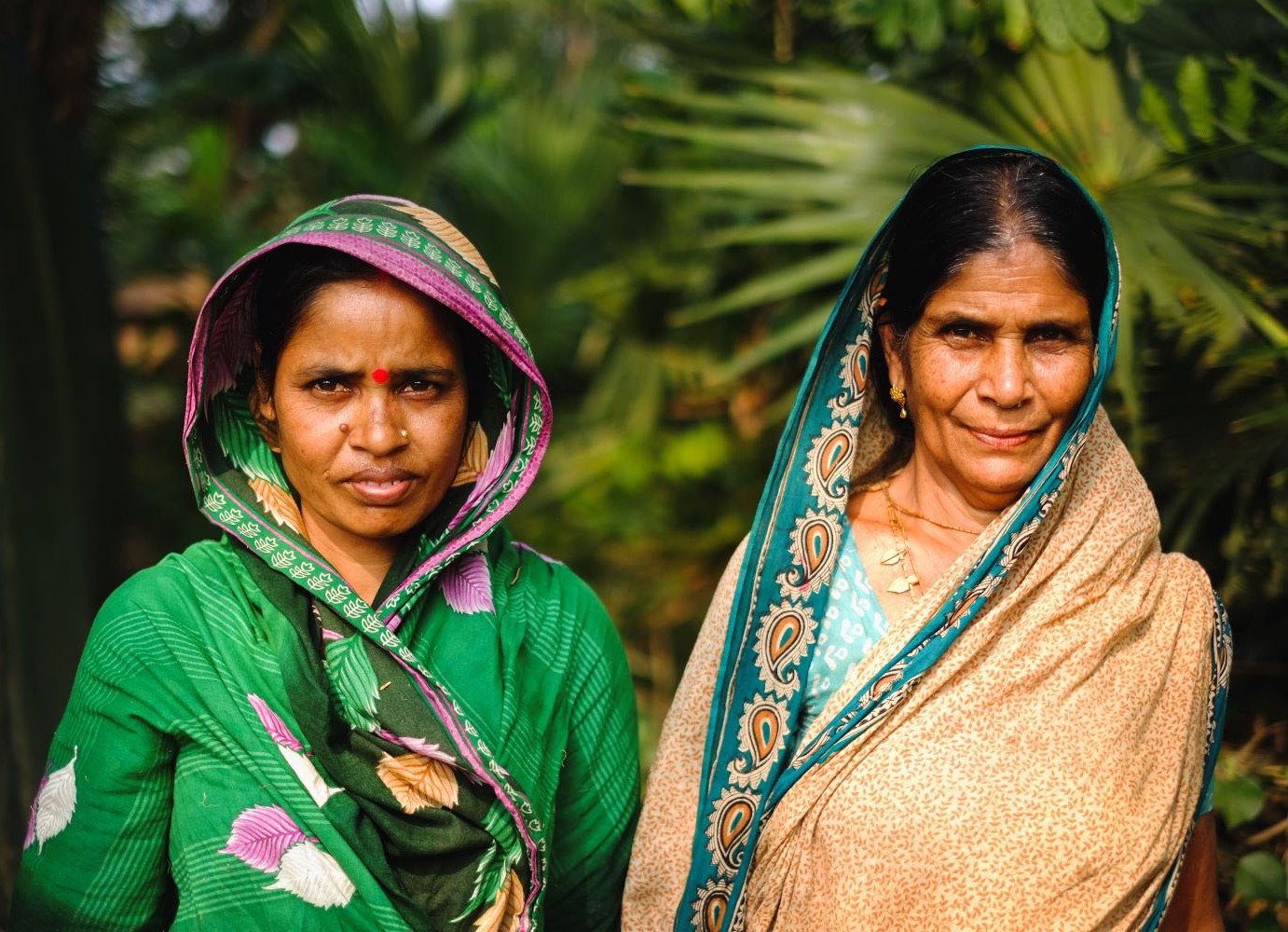This is one of a series of CGD blogs on tweaks to the SDG targets
Goal 16 has the dubious distinction of being the most catalytic goal for sustainable development…and the most difficult to measure. Lumping together targets on accountable institutions and stable societies, Goal 16 aspires to: “Promote peaceful and inclusive societies for sustainable development, provide access to justice for all and build effective, accountable and inclusive institutions at all levels.” It’s hard to argue with anything this goal purports; the real question is how to appropriately target and measure Goal 16’s aims.
With ten targets and two means-of-implementation objectives, Goal 16 has the highest number of targets and the lowest number of means of implementation. Yet another sign that there is much to be done on this topic and little indication of how to do it.
To be truly transformative, the way forward for Goal 16 is through its associated indicators. Though few in number, practical governance and stability indicators exist and can operationalize the often vague and sweeping language in Goal 16’s targets.
Recognizing that negotiations are moving forward based on the Open Working Group’s goals and targets, what follows offers tightened target language and associated indicators, where feasible. I’ve only listed targets that might actually be taken on board by member states. That is, indicators that are officially collected, have full country coverage, and are appropriately updated.
Goal 16 Targets
-
16.1: By 2030,
Significantlyreduce all forms of violence and reduce the number of homicide and conflict-related deaths by [30%]related death rateseverywhere.
o Indicator: Homicide and conflict-related deaths per 100,000 people
o While we have no common agreement on what “significant” means, this target offers a practical push forward in both recognizing the link between conflict and development and counting, at a disaggregated level, violent deaths. Right now, there is no official database that counts violent deaths by country (much less by age, gender, etc) so putting this indicator forth would go a long way in tracking violence globally.
- 16.2: End abuse, exploitation, trafficking and all forms of violence against and torture of children.
o This target offers a noble and worthy aspiration but will prove impossible to reach or measure. Data disaggregated by age from target 16.1 should offer a starting point for measuring violence against children.
- 16.3: Promote the rule of law at the national and international levels and ensure equal access to justice for all.
o Again, this is a fine aspirational target, but no practical, rigorous indicators yet exist to appropriately measure (and contextualize) outcomes for this target. What’s more, some proposed indicators could engender perverse reporting incentives, ultimately diminishing the rule of law.
-
16.4: By 2030, significantly reduce illicit financial and arms flows
,and strengthen the recovery and return of stolen assetsand combat all forms of organized crime.
o Indicator: Percentage of legal persons and arrangements for which beneficial ownership information is not publicly available
o Indicator: Percentage of cross-border trade and investment relationships between jurisdictions for which there is no bilateral automatic exchange of tax information
o Indicator: Percentage of multinational businesses that do not report publicly on a country-by country basis
o This target packs a lot of practical aims into a single target. Negotiators should focus on financial flows and stolen assets, for which there are practical indicators, in this target and take out action on organized crime, for which there is not.
-
16.5: Substantially reduce the proportion of citizens who report paying bribes to government officials.
corruption and bribery in all their forms
o Indicator: Percentage of population who paid a bribe to a public official, or were asked for a bribe by these public officials, during the last 12 months
o Indicator: Percentage of businesses that paid a bribe to a public official, or were asked for a bribe by these public officials, during the last 12 months
o For this target, the key is to start small and rely on experience of corruption rather than perceptions of it. Again, the decision to “substantially reduce” rather than “reduce by X” is the right one as there is no definitive level at which “corruption” does or does not impact sustainable development.
- 16.6: Develop effective, accountable and transparent institutions at all levels.
o Indicator: Actual primary expenditures per sector and revenues as a percentage of the original approved budget of the government
o This is a catch-all target that offers the ideal outcome with little indication of measurement or means of implementation. One concrete place to begin to judge this target, however, is budget transparency. Basic public data at the country and sub-national level of plans for spending versus actual spending would require effective institutions that allow citizens to hold them to account.
- 16.7: Ensure responsive, inclusive, participatory and representative decision-making at all levels.
o While aspirational and ambitious, this target is almost impossible to operationalize and measure globally.
-
16.8: Broaden and strengthen global institutional governance systems to better reflect shares of global GDP and population.
the participation of developing countries in the institutions of global governance
o Indicator: Percentage of voting rights in international organizations of developing countries
o The link between participation in institutions of global governance and sustainable development outcomes is less clear than most of the other 168 targets in the proposed SDGs. Nevertheless, it is a worthwhile endeavor to count and track the levels of participation of those countries traditionally under-represented in global entities.
- 16.9: By 2030, provide legal identity for all, including through birth registration.
o Indicator: Percentage of population over the age of 18 with well-defined, recognized legal identity
o Indicator: Percentage of children under age 5 whose birth is registered with a civil authority
o This target combines two very different aims – birth registration and legal identity. Because of the different strategies and means of implementation to make progress on these outcomes, it is imperative to have two indicators for this critical target.
- 16.10: Ensure public access to information, including publication of full-text government contracts, and protect fundamental freedoms, in accordance with national legislation and international agreements.
o Indicator: Percentage of actual government budget, procurement, revenues and natural resource concessions that are publicly available and easily accessible
o Indicator: Existence and implementation of a national law and/or constitutional guarantee on the right to information
o Indicator: Percentage of all government contracts (by value) available online, with privacy, commercial secrecy, and national security exceptions
o This target complements target 16.6 in calling for transparency and the public’s fundamental right to access information in the public domain. The target should propose a numerical target as opposed to the difficult-to-monitor “ensure.”
Disclaimer
CGD blog posts reflect the views of the authors, drawing on prior research and experience in their areas of expertise. CGD is a nonpartisan, independent organization and does not take institutional positions.





